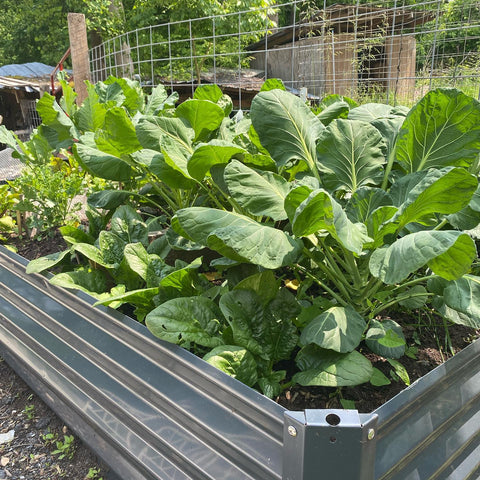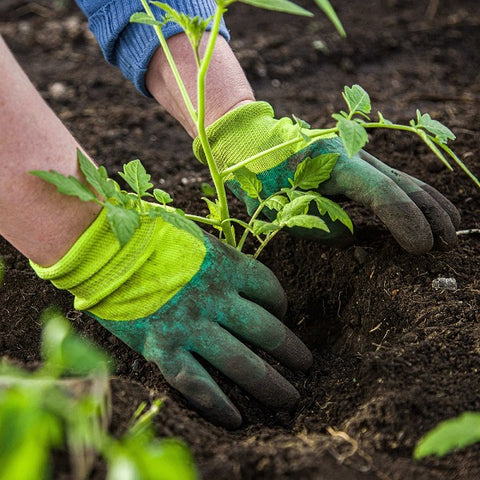As summer winds down, don't think you're done gardening. Fall vegetables are delicious and easy to grow when you plan. Learn how to start!The following content also has some reference value for raised garden beds.
But before it does, there is still autumn, and many people can manage to squeak another batch of fall vegetables out at this time of year.
But when should you have your plants in the ground, and how much time do they need before they produce?
There are more questions about fall gardening that I’m sure you’re wondering:
What fall crops do well in the colder months of the year, and how can you incorporate these into your growing habits?
Do you want to plant from seed, or plant young seedling plants?
How can you prepare your fall garden to ensure that these plants survive pests and diseases to produce you another harvest of food?
If you’re wondering any of the above, then wonder no more, as I’ve got you covered. We’re going to focus on all of that and even more.
So settle in with a nice cool drink during the fading late summer heat, and let’s talk about everything you need to know to get a fall harvest before the chill sets in.
The Timing Problem: How Do You Know When To Plant?
When Is Your Frost Date?
They say timing is everything — but it really is when you’re considering fall planting. Almost everywhere has a list of estimated dates for the first and last frosts, and while they may not be 100% accurate every year, it’s good enough to plan your upcoming garden around.
Not all frost dates are the same, of course. You will need to research your estimated frost dates before you can begin. Remember, these are always estimated, based on prior cool weather patterns, so if you have freak light frosts outside of the normal patterns, you may have to rush out and protect young plants in the cold. While there’s a wide variety of maps that give a good generalized overview, I am personally fond of this frost date calculator for getting a good estimate of when to expect the cold to come.
What Is Your Crop’s Time to Maturity?
Once you know your frost date, it’s time to look at what you’re growing. What’s your crop’s time to maturity? If, for instance, your first frost generally shows up in late November, and you’ve got plants that take 60 days to come to maturity, you’re going to want to plant at the end of August or the beginning of September.
Sow or Transplant?
Both sowing and transplanting seeds are viable options… but most people realize that the summer has slipped by once it’s too late. If this has happened to you (and it does happen to all of us at some point), you’ll need to buy seedling plants instead.
Transplanting Seedlings
If you’ve fallen behind in your fall garden planting schedule, it’s time to pick up seedlings. And if you’ve started from seed, and you’ve formed at least a couple of sets of leaves, it’s time to transplant! You can do this while your mid to late summer vegetables are still lingering in the garden, or you can clear away the older plants for your new crop.

Harvesting Your Crop
Fall-grown produce tends to be crisp, sweet, and fresh, as the cool temperatures help the plants keep their moisture. As fall plants develop, especially root crops like beets, you have a couple of choices. You can leave them in the ground until they’re huge, or you can harvest them when they’re young and tender. If you want to leave them to mature longer, you’ll need to protect them so they can survive light frosts.









